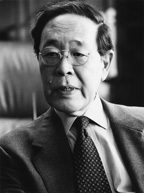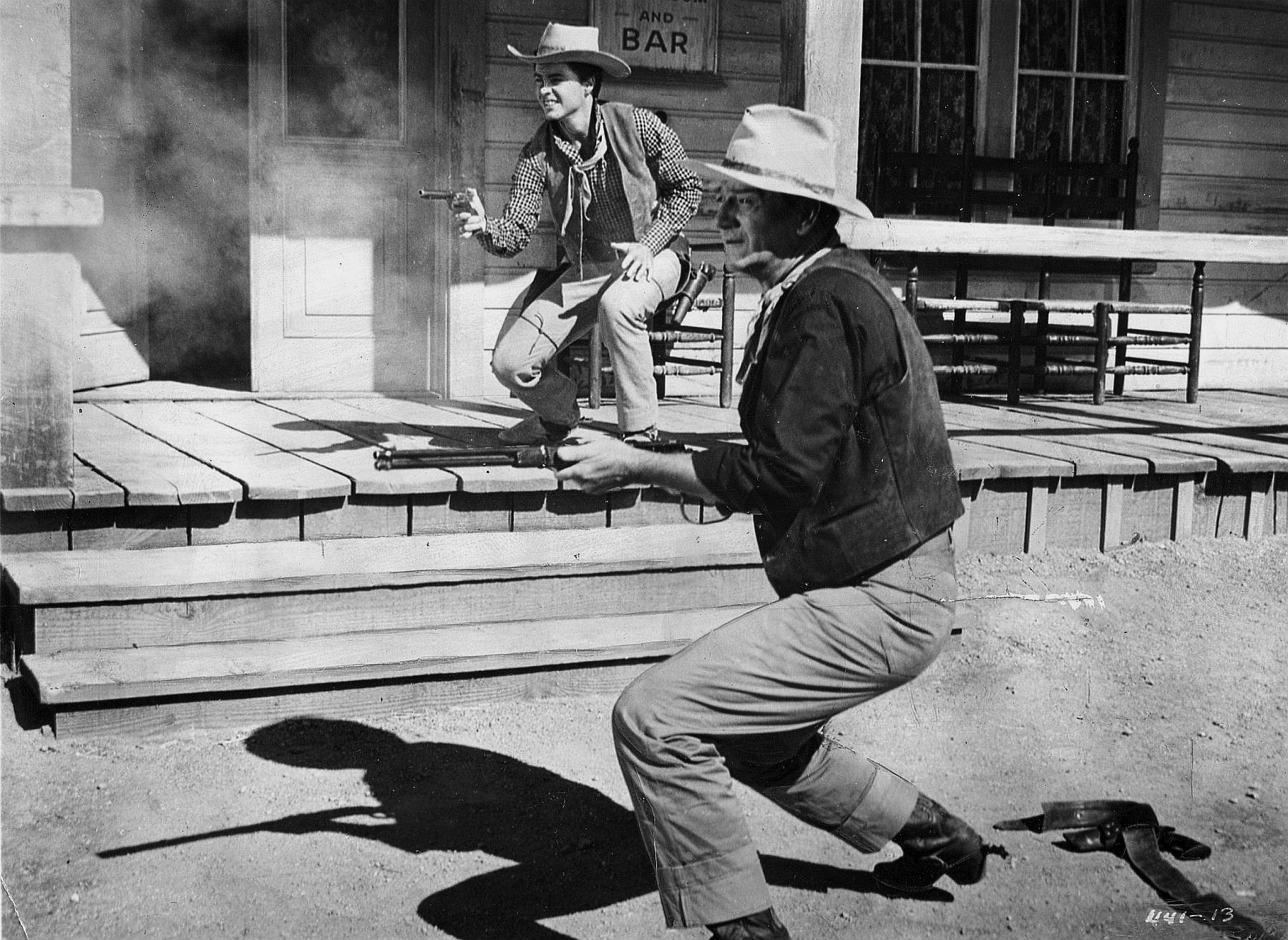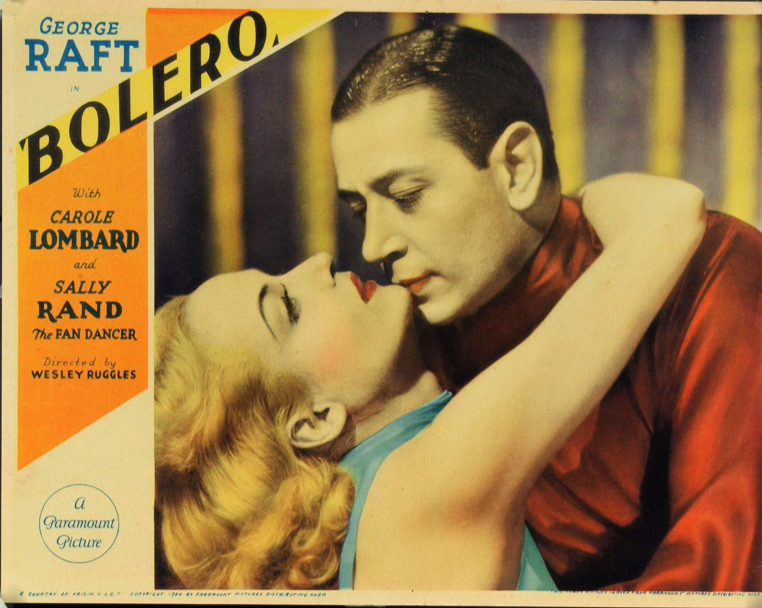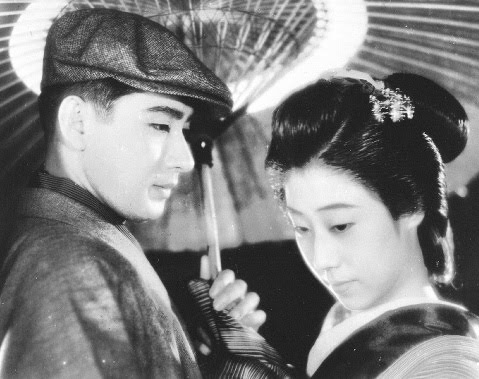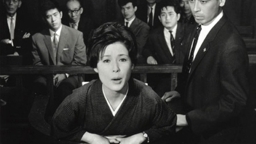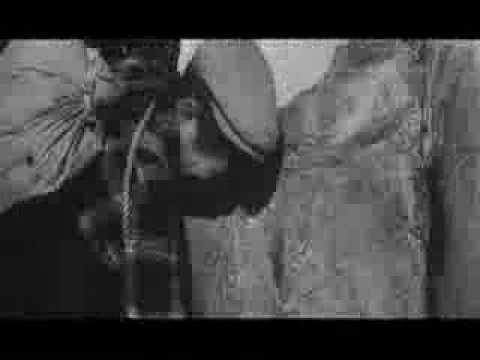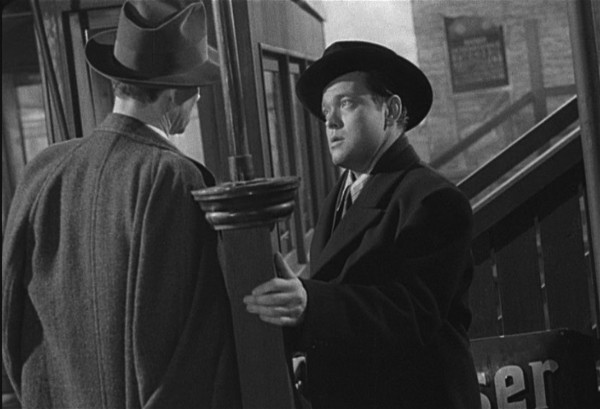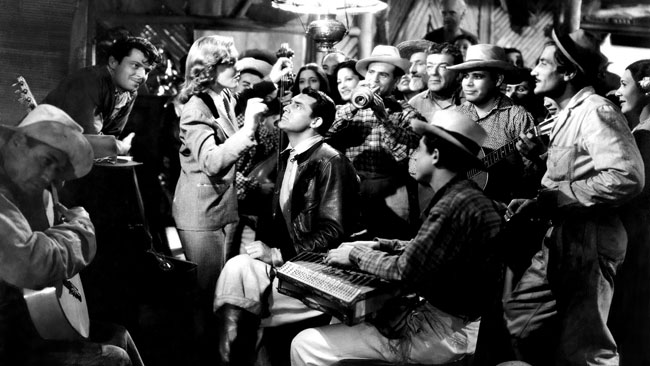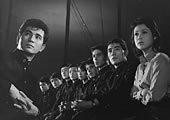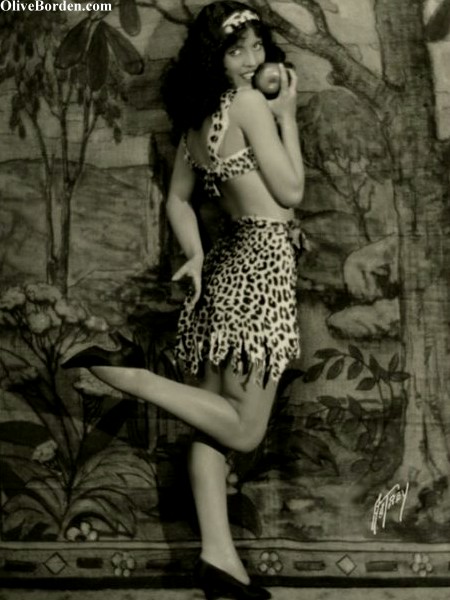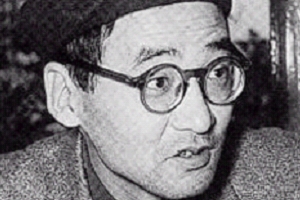This dialogue is part of a section called “Two Auteurs: Masumura and Hawks,” included in Movie Mutations: The Changing Face of World Cinephilia (2003), a volume I co-edited with Adrian Martin. It was preceded by my essay, “Discovering Yasuzo Masumura: Reflections on Work in Progress,” and, before the “epilogue,” it was followed by Hasumi’s own essay, “Inversion/ Exchange/Repetition: The Comedy of Howard Hawks”. — J.R.
Jonathan Rosenbaum: When did you first write about Howard Hawks?
Shigehiko Hasumi: In 1977, just after he died. At that time, Hawks was so underestimated in Japan that no film magazine wanted an article on him. I published it in a literary magazine.
JR: And is there a particular period in his career that you prefer?
SH: Yes, from Bringing Up Baby (1938) to His Girl Friday (1940). Of course, his two films noirs with Lauren Bacall and Humphrey Bogart, To Have and Have Not (1944) and The Big Sleep (1946), impress me deeply. But the comedies in this period seem to me the highest accomplishment of his mise en scène. For me, Hawks is essentially a filmmaker of comedy. In that sense, I could say also that my preference goes to the period between Twentieth Century (1934) and Monkey Business (1952). And this is a very peculiar point of view, but I also like very much his last three Westerns with John Wayne – Rio Bravo (1959), El Dorado (1967) and Rio Lobo (1970).
JR: It may be more common for Japanese directors such as Ozu to remake their own films, but I believe Hawks is the only one who’s done it twice!
SH: We all know that His Girl Friday was a remake of The Front Page (1931). But, in this case, the copy is much more original than the model!
JR: What were the first Hawks films you saw?
SH: Sergeant York (1941) and Red River (1948), around the same time, when I was a schoolboy. But I couldn’t fit them into a proper context because Japanese audiences weren’t able to see the American films produced between 1939 and 1945. And just after the war, it was not those films from the major studios that were selected by the US army during the occupation of Japan. John Ford’s Fort Apache (1948), for instance, was prohibited even after the war because it shows the defeat of the American army. Air Force (1943) had no chance to be released in Japan because of the presence of some Japanese soldiers. And for some reason Ball of Fire (1942) wasn’t shown either until after Hawks’ own remake, A Song is Born (1948). I discovered those films in Paris during my first stay in France from 1962 to 1965.
JR: For me, the most Japanese trait to be found in Hawks is a certain male stoicism, particularly in relation to a group ethic. But then there’s also the handling of violence in Rio Bravo – where the violence seems to happen very quickly and is over very quickly – which also strikes me as being rather Japanese.

SH: Rio Bravo was an enormous hit in Japan. But, unfortunately, at that time, there was no adequate critical language to appreciate this film, which was judged too commercial. It’s strange, because Only Angels Have Wings (1939) – the last Hawks film shown in Japan before the war – was highly appreciated by Japanese critics and filmmakers.
JR: Is it true that you once said that what you liked most about Japanese cinema was that it was the national cinema that most resembled American cinema?
SH: Yes, Japanese cinema before the ‘70s was essentially the cinema of major studios, like American cinema. Even Mizoguchi, Ozu and Mikio Naruse were only contract directors. They are closer to American filmmakers because they’ve seen more American films. Not only filmmakers, but also cinematographers have learned their skills watching a lot of Hollywood movies. When I interviewed Yuharu Atsuta, Ozu’s cinematographer, I was really surprised that, at the age of eighty, he named some of the most eminent American cinematographers like Charles Rosher, Lee Garmes, William Daniels, George Barnes, Gregg Toland … as if they were all his old friends.
JR: It seems like what Japanese cinema and American cinema have most in common are the genres and the remakes. And also the series, but in that case the Japanese cinema seems more developed.
SH: Actually, there were so many non-credited remakes of American films. For example, Naruse’s Tsuruhachi Tsurujiro (1938) was an unacknowledged remake of Wesley Ruggles’ Bolero (1934). This is a typical example of the remake that is much more interesting than the original. Masahiro Makino, during the war period, adapted the detective story of The Thin Man series starring William Powell and Myrna Loy for the Edo period in Kino Kieta Otoko (The Man Who Came Yesterday, 1940) and Matteita Otoko (The Man I Was Waiting For, 1942). They were both big hits. He also tried to do a remake of Griffith’s Orphans of the Storm (Ahen Senso [The Opium War], 1943]. He agreed to make this film about the opium wars to satisfy the militarists, but in fact he did a sort of hommage to Griffith. The Japanese audience couldn’t see this side of the film, but they were excited by the victory of the Chinese people against the English occupation of China. So it’s a complicated situation.
JR: In your book on Ozu, you make a very convincing case that he was largely formed by his exposure to Hollywood movies. How aware do you think Masumura might have been of directors such as Nicholas Ray and Samuel Fuller?
SH: Japanese filmmakers after the war were less interested in American movies. On the one hand, the impact of Italian neo-realism was really strong. On the other hand, Japanese intellectuals and artists had a somewhat anti-American tendency, and by contrast they idealised European values. Masumura was one of these European-oriented intellectual-artists. He wrote a paper on René Clément’s Au-delà des Grilles (1949) when applying to be a foreign student at the Centro Sperimentale in Rome in 1952, where he stayed three years. I don’t think Masumura was interested in Hollywood filmmakers of the ‘50s. I have no idea what kind of films he saw in Italy, but before he left Japan, of Ray’s works, only Knock on Any Door (1949) and Flying Leathernecks (1951) had been shown. And Fuller films like The Steel Helmet (1951) or Fixed Bayonets (1951) had such limited exposure in Japan at the time, basically in very cheap cinemas, that I doubt Masumura would have seen them.
JR: On the other hand, when I saw A Wife Confesses, I was convinced Masumura must have been influenced by Resnais. His match cut from a bleeding hand, moving suddenly from the past to the present, was only a couple of years after Hiroshima, mon amour.

SH: Yes, that’s certain. Hiroshima mon amour was co-produced by Masaichi Nagata, President of Daiei Studio, to whom Masumura was under contract. And Hiroaki Fujii, director of production on all Masumura’s films, had been involved in the co-production of Resnais’ film.
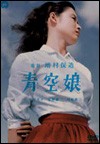
JR: I was also struck by how close The Blue Sky Maiden was to Sirk in criticizing spoiled, wealthy teenagers. On the other hand, when the heroine tells her father at the end of that film that he’s wrong and he agrees that he’s wrong, this is clearly much more of a provocation in Japan than anything Sirk was doing in relation to America. But maybe the fact that Masumura wrote film criticism and theorised his own positions at the time also made him more visible as a particular force than Ray, Fuller, Tashlin and Sirk would have been in the US.
SH: Your idea of global synchronicity in cinema interests me a lot. In this regard, some of Masumura’s films – especially those criticising capitalism and political power, such as Overflow, Black Test Car (1962), and Black Super Express (1964) – remind me of a certain aspect of Robert Rossen’s Body and Soul (1947) and All the King’s Men (1949). In my opinion, Abraham Polonsky’s Force of Evil (1948) also has something similar to Masumura’s attitude toward social problems. Needless to say, he never saw those films but, as you suggest, the coincidence – in theme, in style and in atmosphere – is flagrant. I have to add that, of the Italian films he had a chance to see during his stay in Rome, Visconti’s Ossessione (1943) was the one he admired the most, as he once pointed out in an interview. (1) It seems interesting that his admiration didn’t extend to either Roberto Rossellini or Vittorio De Sica, but to this rather melodramatic and American-derived crime story taken up by Visconti. Couldn’t we establish a certain parallel between the situation of the wife in A Wife Confesses – murdering out of necessity her old husband, whom she hated – and James Cain’s original story, which Ossessione was based on (and, of course, was later adapted in Hollywood by Tay Garnett), The Postman Always Rings Twice?
JR: Yes, you’re right. But I’m struck by the generational difference between our reference points: all of mine are in the ‘50s and yours are in the ‘40s.
SH: I saw Masumura’s first films when they came out, as a high school student, and I was very surprised by the neutral tone of his mise en scène. That was not new for me, but it was entirely different. You have to understand that for the Japanese film industry at the time, the idea of the good film was Carol Reed’s The Third Man (1949). That was the model for editing and overall visual effect; all the young Japanese filmmakers tried to imitate that, consciously or not –-
JR: I think that would have been the model in the US then as well. Or at least a model –
SH: – and Masumura was entirely free from that influence, using few psychological close-ups. There were no lyrical long shots of landscapes either, which was really exceptional for a Japanese filmmaker.
JR: I wonder if the main difference he represented was a kind of bricolage – starting with genres and styles that already existed in the Japanese cinema and then boring from within, deconstructing the standard positions and clichés. Kisses and The Blue Sky Maiden, for instance, were attempts to turn the sun-worshipper films inside out. This wasn’t so different in a way from what Ray, Fuller, etc. were doing, although in that period no one in the US recognised their work as radical. With a few exceptions, recognition of what they were doing initially came from France – and I have to admit that I discovered them, and Masumura as well, in the pages of Cahiers du cinéma. Was it the same for you and Hawks?
SH: No, not at all. In Japan, just before the war, for example, Mizoguchi was very fond of Only Angels Have Wings (1939). And in an interview Ozu said (I’m quoting from memory), ‘The film is very good – actually too well done; in the final analysis I don’t like it – but I really appreciate the quality of the mise en scène.’ In my house – I don’t know whom they belonged to – there were a lot of collections of movie magazines before the war. I used to read them when I was a high school student. So I already knew that Hawks was a name to conjure with. And since I’d just seen Sergeant York, I couldn’t understand why Ozu and Mizoguchi were fond of Hawks, because Only Angels Have Wings was not shown in Japan after the war. So it took me ten years to discover Hawks. When I saw Rio Bravo for the first time in Japan, I didn’t think it was a masterpiece, but I could understand why this kind of mise en scène could be appreciated in Japan, even before the war. And maybe I was an exception, but I hated High Noon (1952) in that era, and I was very grateful to discover that Hawks felt the same way about it.
JR: Yes. But of course one might say that part of Hawks’ hatred had an unacknowledged political aspect. Because High Noon was a film about the blacklist, just as On the Waterfront (1954) was.
SH: In that political context in Hollywood, the only film I adored was Johnny Guitar (1954). For me in that era, the problem was to know how one could be fond of both Hawks and Ray. This question was the point of departure for my career as a film critic. Afterward, I formulated that in a different way, by saying that we like both Godard and Masahiro Makino.
JR: It’s interesting how Hawks always seemed to perceive himself as apolitical – which eventually caused a rift with Cahiers du cinéma in the ‘70s, when he told them he was planning a film about the war in Vietnam. Yet if one were to argue that he was a conservative director, Sergeant York would have to serve as a prime piece of evidence. By contrast, Masumura must have upset both the right and the left in the ‘60s by not being politically correct. As a critique of student radicals, The False Student makes a fascinating parallel with La chinoise (1967) – even though Godard’s film was made seven years later and is somewhat more sympathetic to the radical students. And in fact, my recent discovery that there’s no distinction between singular and plural in Japanese opens up a whole new kind of literary irony to me – because the title of that film could also be False Students, referring not just to the kid with the fake student ID but to the student radicals in the film as well. This film was made the same year that Oshima attacked Masumura in print, only two years after praising him. Did he remain opposed to Masumura after that?
SH: Yes, I believe he would feel the same way even now. The real point Oshima was making when he criticised Masumura was to view him as a modernist in the Western sense of that term. I don’t think that’s true, but that’s what Oshima thought. For Oshima, Masumura was too distant and sometimes non-engaged when he criticised the Japanese political and cultural situation. And Oshima found this kind of modernism questionable because, after the Second World War, Japanese culture couldn’t be explained from such a viewpoint.
JR: It’s curious that the two books on Masumura in Japanese have both appeared in the ‘90s – Sadao Yamane’s Eros As Will a few years ago and the collection of Masumura’s writings and various interviews about him earlier this year. Why did it take so long?
SH: It indicates precisely the poverty of film criticism in Japan. Until the ‘80s, there was no serious study of contemporary Japanese filmmakers. It was our generation – Sadao Yamane, Koichi Yamada and me – who began to write about them. The Japanese audience has by now completely forgotten the name of Yasuzo Masumura after the collapse of Daiei, in spite of our efforts. He was already dead when Yamane wrote his book. For us it’s difficult to talk about him because it’s difficult to choose a single film. For Kurosawa, regardless of whether you like the film or not, you can always cite The Seven Samurai (1954). It’s easy. But with Masumura, there’s no representative film.
JR: I guess not. But at least there are a few loose categories – the anti-military films like Yakuza Soldier, The Nankano Spy School and Red Angel, or the anti-capitalist films like Giants and Toys, Overflow and Inflammation.
SH: I understand your point of view. I like those films and I consider Masumura’s mise en scène in Red Angel extremely radical. But at that time, this film was considered simply like a porno movie. Yakuza Soldier, like Nakano Spy School, was nothing but an episode in a series. Masumura’s most famous film for Japanese people might have been Seishu Hanaoka’s Wife, but this was only because of the best-selling novel the film was based on. People consumed each of Masumura’s films as simply another Daiei production. It was only in 1969 that Yamane and Yamada, both founding members of new quarterly magazines Cinema 69 and Film Art, tried to treat Masumura and Seijun Suzuki seriously for the first time as auteurs. We had the first interviews with them in those magazines. But in 1969, Nikkatsu fired Suzuki and in 1971 Daiei collapsed. During the ‘70s, they were not as productive as they had been in the ‘60s. I am very pleased that thanks to the two books on Masumura that were recently published, the younger generation in the ‘90s has begun to discover his works.
JR: Do you think there’s any parallel between Masumura and Suzuki in relation to the studio system?
SH: Yes and no. As you said, both of them tried to deconstruct the genres which already existed in Japanese cinema. In that sense, there is a certain parallel between them. But Suzuki had already been known since the ‘60s as a cult filmmaker. Masumura was not at all a cult filmmaker. Masumura’s Western experience places his work in a completely different category. Suzuki is appreciated in the West, but essentially he’s a traditional Japanese man who regards Western people as barbarians, in the traditional Japanese meaning of that term – you remember the prosaic title of John Huston’s film, The Barbarian and the Geisha (1958) … But for Masumura, there’s a sort of universality: of course there’s a difference, but finally human beings are the same.
JR: It’s interesting, how in spite of all his synchronicity with the work of Fuller, Sirk, Ray and Tashlin, Masumura’s Western influences appear to be strictly European. I’ve already mentioned Resnais as one example, and the last shot of Overflow is pure Antonioni, just like the shots of the factory in Love For an Idiot.
SH: Or the way characters speak in Masumura’s films. Especially during his first period, all of them speak with no intonation. And in that regard, there’s something similar to Antonioni’s films. Perhaps one parallel between Masumura and Hawks is the refusal of a certain dramatic sentimentality. Maybe you could say that sentiment isn’t important in their films.
JR: There are certainly social mechanisms one finds in the films of both that aim to avoid sentimentality, such as in Only Angels Have Wings and Yakuza Soldier. But one might also say that Masumura is more of a dystopian and Hawks is more of a utopian.
SH: Yes, Masumura is a pessimist. He should have considered himself a stranger in his homeland, just like certain Ray heroes, because for him Japanese society wasn’t sufficiently modernised, especially on the level of individual consciousness. His male characters accept the falsely modernised system in Japan – sometimes they accept it with absurd fidelity, as in the case of Nakano Spy School. But his female characters refuse instinctively to be integrated into it, as we see in the solitary violence of the behavior of the actress Ayako Wakao in such a major work as A Wife Confesses …
JR: The tragic ending of that film is for me the epitome of Masumura’s dystopian tendencies. By contrast, one of the most utopian Hawks films for me is The Big Sky (1952). I loved that film as a teenager.
SH: That’s right – a beautiful film. Kirk Douglas was not a Hawksian hero, in my opinion, but I very much liked his partner, Dewey Martin.
JR: Maybe that’s because Douglas is too much of an individualist; you can’t see him as a member of any group. The collective spirit is so fundamental to Hawks – even in a film like His Girl Friday.

SH: Yes, even when it means sharing the same problem with one’s enemies. For example, the old journalists: they’re awful, but they’re also some kind of community. In Red River, when they start the cattle drive, Hawks shows everyone in a separate full shot. And in Air Force, when the plane is about to leave the airport for the first time, Hawks shows us everyone, without singling out the captain or the sergeant. There’s no hierarchy.
JR: That’s true, but you couldn’t say that of Rio Bravo. You wouldn’t find a cut there of the that kind between Pedro Gonzalez-Gonzalez and Wayne. In fact, even in Red River … is Wayne included in that montage of faces?
SH: No, he’s separate.
JR: So it’s like a king and his subjects, and it’s the subjects who are equals. Yet what I find fascinating is that, even when Hawks is at his most conservative, you might say that aesthetically he’s still a socialist. And there’s a comparable kind of paradox in Masumura: even though he favours individuality, he can’t help but view it as a kind of hell and torment. And paradoxically, Masumura himself is the quintessential company man whose career started coming apart only after the collapse of the Daiei studio in 1971. In fact, what I find difficult in Rio Lobo is the loss of cameraderie; there’s the kind of bitterness one might associate with King Lear that’s reflected in the violence. And I was reminded of that feeling in Masumura’s Ode to the Yakuza – a kind of political and sexual frustration reflected in the rage of the escalating violence. Yet even though the brother-sister incest in that film evokes Scarface, I can’t imagine any version of Scarface that ends with Tony Camonte having himself killed so that his sister can get married. That kind of abnegation of self, that sacrificial gesture, becomes a typical Japanese ending.
SH: You’re right, the ending of Ode to the Yakuza seems to be typically Japanese. But, according to Hiroaki Fujii, director of production for Masumura’s films and a real friend of his who established an annotated filmography, it was chief executives of Daiei, disliking this brother-sister incest situation, who imposed the sentimental ending. If Masumura had had complete liberty, the ending of this film would be different. Since we’re on the subject, I have to confess that I am not so crazy about Scarface. It’s true that, compared to the other gangster films of that period by Mervyn LeRoy, Roy Del Ruth or even William Wellman, Scarface is absolutely modern, as Henri Langlois described Hawks’ works in general. But I feel upset by the effect of the images in some sequences, with too many shadows. And I can’t deny my impression that Camonte’s will to power and its tragic failure have something anti-Hawksian about them. For the same reason, I don’t like Wayne’s character in Red River very much. His character is entirely different in Rio Bravo. For instance, in the sequence where Dean Martin, Walter Brennan and Ricky Nelson sing songs in the Sheriff’s office, Wayne watching them with a smile and a coffee cup in his hand is not in a king’s position. He is excluded from the scene and shown only twice at the beginning and the end. I think there is something female in his position, he is looking at them as if he was their mother …
JR: Is Hawks still a specialized taste in Japan, or has he become more popular than that?
SH: I could say in any case that there is no Hawksian period in the viewing history of Japan. He is appreciated, but not regarded as a big figure or important filmmaker. I hope the Hawks retrospective that the National Film Center in Tokyo is planning to hold next year will change the situation.

Note
1. Yasuzo Masumura interviewed by Toru Ogawa, Eiga Geitutsu (Cinema Art), no. 326, 1978.
***
Epilogue: Email Exchange Between Chicago and Tokyo, Summer 2002
JR: In the two and a half years that have passed since our original dialogue, the National Film Centre in Tokyo has held substantial retrospectives devoted to both Hawks and Masumura, and I’m curious whether these have brought about any noticeable changes in the Japanese understanding and appreciations of these directors. It seems significant to me that Hawks was not really recognised in the US by film critics until the early ‘60s, when Andrew Sarris began writing about him as an auteur; prior to that time, as Peter Bogdanovich and others noted, almost everyone had seen and valued some of Hawks’ films, but critics hadn’t really viewed them as a coherent body of work –- unlike, say, Ford and Hitchcock, both of whom I was quite aware of in the ‘50s. As for Masumura, recognition in the US is only beginning to become a possibility due to the release of a few of his films on DVD. The ones released so far are Blind Beast, Giants and Toys, Manji and Afraid to Die, all in color; still to come at this point are two titles in black and white, Black Test Car (another industrial espionage film, like Giants and Toys) and Red Angel (to my taste, the best in the lot, though the second, third and fifth films on this list also have their strong points). One possible distinction between Japanese and American perceptions of Masumura that I can already detect is the overlapping of exploitation films and art films as a loose generic category in the US, especially applicable to Blind Beast and Manji, and complicated still further by the unfortunate notion that any foreign language film (with a few rare exceptions, such as Crouching Tiger, Hidden Dragon [2000]) automatically becomes regarded as an art film in terms of its marginalized distribution.
SH: The Hawks retrospective in Japan, held by the National Film Centre in Tokyo from December 1999 to February 2000 and co-organised by Asahi Shinbun was, as far as I know, the most complete, comprising all thirty-eight features. Asahi Shinbun is a quality Japanese newspaper and the tendency of its film pages has been rather conservative. Consequently, for this newspaper, co-organizing the Hawks retrospective was a really new and surprising initiative. It would have been absolutely inconceivable two decades ago to see the two names Hawks and Asahi Shinbun joined together. So, it is clear that something is changing in Japan. Even two different versions of The Big Sleep – a release version and a pre-release version recently restored by the UCLA film archive – were shown. The roundtable organised on this occasion, entitled ‘Rethinking Howard Hawks’, bringing together Geoffrey Nowell-Smith, Peter Wollen, Anne Friedberg and myself, attracted more than three hundred people. Personally, it was a real pleasure for me to be able to rediscover in Tokyo some of his early works, such as Fig Leaves (1926), Paid to Love (1927), and Fazil (1928). For these rare films, the big hall of the NFC (three hundred and ten seats) was always full. In conjunction with the retrospective, Todd McCarthy’s book Howard Hawks was published in a Japanese translation (Hawks on Hawks by Joseph McBride had already been translated into Japanese in 1986). So it was an exceptional opportunity for the younger generation to discover Hawks’ oeuvre in its entirety. Unfortunately, there was no positive reaction from the young film critics. Statistically speaking, the Jean Renoir retrospective held in 1996 by the NFC attracted more spectators. Compared to Renoir who is officially recognized as an auteur, Hawks, I am afraid, still isn’t considered an artistic auteur in Japan.
I remember, in this regard, that in the ‘60s and ‘70s there were two famous art movie theatres in Tokyo, where principally European films – Bergman, Bresson, Buñuel, Godard, Joseph Losey (his films shot in the UK), Truffaut, Andrzej Munk, etc. – were shown. It is significant to note that only three American films were released in these prestigious movie theaters: John Ford’s The Sun Shines Bright (1953), Orson Welles’ Citizen Kane (1940) and John Cassavetes’ Shadows (1960). That was the typical image of art films in Japan, when I begun writing on cinema. Neither Hitchcock nor Hawks was regarded as auteurs. That is why I decided to put a still from Bringing Up Baby on the cover of my first book on film, Eizo no Shigaku (Poetics of Image, 1979), as an act of provocation. These art theatres, called the Art Theater Guild (ATG), also co-produced and distributed Japanese films, mainly the works of independent filmmakers such as Nagisa Oshima, Kiju Yoshida and Shuji Terayama, among others. The only Masumura film distributed by the ATG was Ongaku (Music, 1972). He shot this relatively weak adaptation of Mishima’s novel right after Daiei collapsed. Masumura was essentially a filmmaker of the studio system, and almost all his films were adaptations of novels. That is why, compared to Oshima, Yoshida and Terayama, Masumura was never regarded as an auteur in the ‘60s and the ‘70s.
The Masumura retrospective was held, not by the NFC, but by Daiei – whose rights were taken over by a publisher, Tokuma, that played an important role in co-producing Zhang Yimou’s first films – in a small movie theatre called Euro-space (one hundred and twenty seats) from November 2000 to January 2001, comprising fifty films. This movie theater is known as one of the most important art cinemas in Tokyo since the ‘80s, after the collapse of the ATG, and is principally frequented by students and young cinephiles. Godard’s For Ever Mozart (1996) and JLG/JLG (1995) are currently being shown there. So, I can say that the Masumura retrospective was held in a prestigious venue and, fortunately, was a real success. Because of this, Euro-space immediately decided to hold a second retrospective straight after the first. Important municipal museums and libraries throughout Japan are now welcoming the Masumura retrospective. And at the same time as discovering Masumura, the younger generation also discovered the outstanding actress Ayako Wakao, who had never appeared on television. Thanks to the unexpected success of the retrospective, major Masumura films have been released on video and DVD. Any important video rental shop in Tokyo now has a Masumura corner, where you can easily find at least twenty of his works, which was inconceivable ten years ago. Young and influential filmmaker Shinji Aoyama (Eureka, 2000) declared that Masumura is the most important filmmaker in the history of postwar Japanese cinema. Masumura is now becoming a mythic director for Japan’s younger generations, fifteen years after his regrettable disappearance at the age of sixty-two. I would say that this time lag is not exceptionally long, because in Japan, Ozu also took this long to be recognized as an auteur. Ozu’s first complete retrospective was held by the TFC only in 1981, eighteen years after his death.

